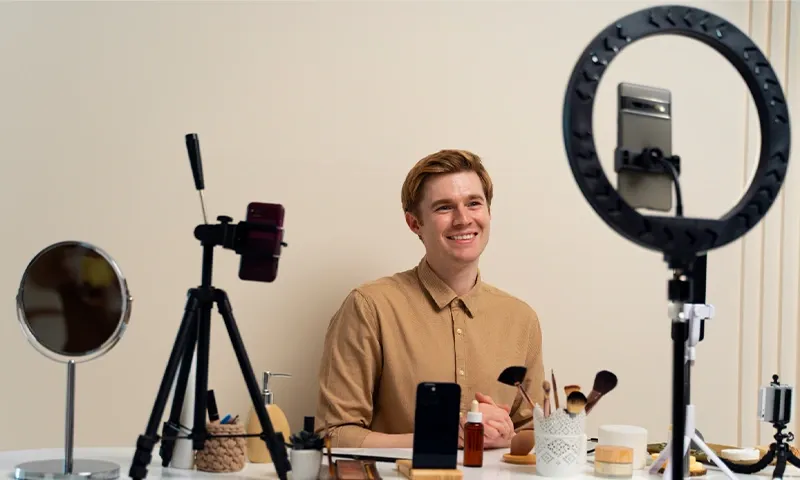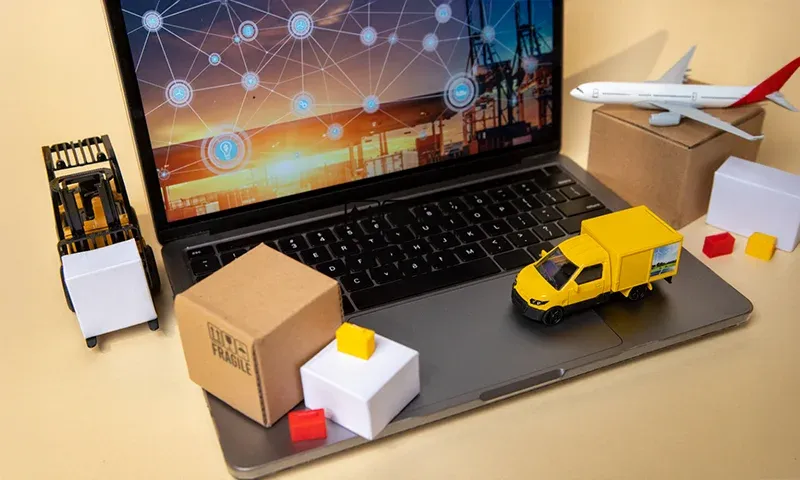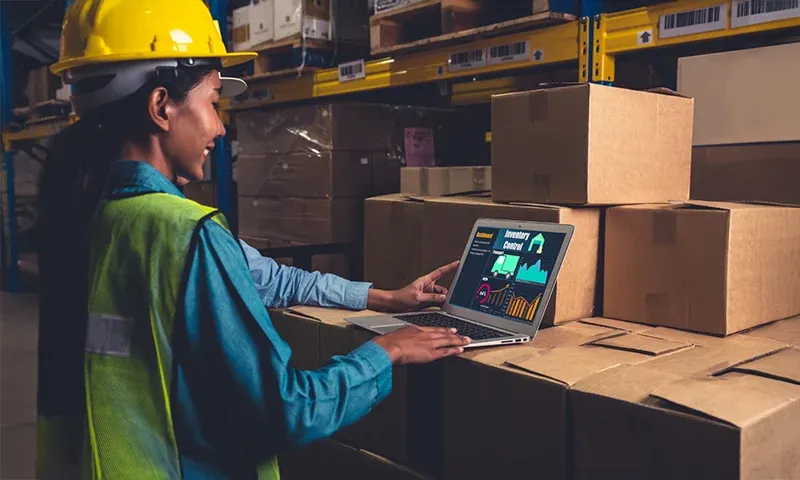Creator Economy 2.0: How to Manage Influencers and Content Creators for Maximum ROI
The Creator Economy has re-mapped the language business uses to speak to their public.

The Creator Economy has re-mapped the language businesses use to speak to their audiences. Once ruled by decades-long, blockbuster-style marketing formulas, brand promotion has now given way to a more timely, participatory, and personal form of content—delivered by creators, individuals, and influencers.
Platforms like YouTube, Instagram, and TikTok have elevated everyday people into influential voices within their niches. These voices are gold for brands that need to connect authentically with consumers.
However, with this rapid growth comes a crucial question: How can businesses gain maximum return on investment (ROI) from creator and influencer partnerships?
In the age of Creator Economy 2.0, not only is it harder for brands to form authentic relationships with creators, but also more complex to build long-term, scalable systems for success.
In this blog, we’ll explore how to manage influencer and creator partnerships effectively, navigate the evolving landscape, and ultimately maximize ROI.
What Is Creator Economy 2.0?
The original creator economy was driven by platforms like YouTube and Instagram, where creators earned revenue through brand collaborations, sponsorships, and advertising. It was a simpler time: partner with a creator who had a large audience, and your product would gain exposure.
But Creator Economy 2.0 is a more advanced and sophisticated stage, driven by key trends:
Diverse monetization models: Creators now earn through affiliate marketing, digital products (like online courses and eBooks), brand partnerships, memberships, and more.
The rise of micro- and nano-influencers: Brands are shifting from celebrities to creators with smaller but more engaged audiences.
Direct-to-consumer (D2C) partnerships: More creators are launching their own products and collaborating with brands at a deeper level.
Data-driven decisions: Analytics now guide influencer marketing strategy, ensuring better targeting and outcomes.
In this new landscape, it’s not about scale—it’s about depth. Brands must prioritize meaningful, lasting connections with the right creators to unlock enduring value.
How to Maximize ROI from Creators and Influencers
1. Select the Right Creators for Your Brand
Maximizing ROI starts with partnering with the right creators. Not every influencer is a fit for every brand. To maintain brand integrity and maximize impact, you must collaborate with creators who resonate with your target audience and values.
How to choose the right creators:
Understand the creator’s audience: Demographics, preferences, and behavior matter more than follower count.
Align with your brand’s voice: Look for creators who naturally align with your brand ethos and messaging.
Check engagement metrics: A good follower-to-engagement ratio often trumps large but passive audiences.
Prioritize micro- and nano-influencers: These creators often have stronger connections with their audiences and deliver better ROI.
By working with creators who already have trust and attention within your market, you're more likely to see a direct impact on sales and brand perception.
2. Define Clear Objectives and KPIs
Before diving into partnerships, be clear about what you want to achieve. Whether it’s lead generation, product launches, or increased brand awareness, your goals will guide your campaign strategy.
Key KPIs to track influencer ROI:
Engagement rate
Conversions and sales
Brand sentiment
Cost per acquisition (CPA)
With clear goals and performance metrics in place, you can track the effectiveness of your campaigns and optimize accordingly.
3. Build Meaningful, Long-Term Connections
In Creator Economy 2.0, success doesn’t come from one-off posts. Instead, it’s about forging real, ongoing relationships with creators who genuinely believe in your brand.
Ways to build long-term value:
Co-create content: Invite creators into the creative process to produce authentic, engaging content.
Pursue long-term collaborations: Build trust and consistency with the creator’s audience over time.
Use data for smarter decisions:
Audience intelligence tools
A/B testing to refine messaging
Real-time performance tracking
Attribution modeling for conversions
Be transparent and respectful: Creators value brands that treat them as partners, not just advertising channels.
Offer exclusive perks: Give creators early access to products or behind-the-scenes content to build loyalty.
These connections foster consistent messaging and long-term emotional resonance with your target audience.
4. Scale Creatively and Strategically
As you scale your influencer marketing efforts, managing a growing roster of creators becomes challenging. Efficient systems and tools are key to maintaining quality and consistency.
Tips for scalable creator management:
Use creator management platforms: Tools like CreatorIQ, Influencity, and AspireIQ streamline communication, performance tracking, and payments.
Standardize agreements and terms: Avoid miscommunication with clear, consistent contracts.
Automate repetitive tasks: Free up time for strategy by automating reporting, payments, and content approvals.
Outsource smartly: Leverage agencies or external partners for large-scale campaigns without compromising on quality.
With the right tools and processes, you can efficiently scale your partnerships while maintaining brand consistency and productivity.
Conclusion: Seizing ROI in Creator Economy 2.0
Creator Economy 2.0 is brimming with opportunity. Brands now have a unique chance to connect with consumers authentically, organically, and at scale. But ROI doesn’t come automatically—it’s built on the foundation of smart partnerships, meaningful engagement, and data-backed decisions.
Success in this space requires brands to stay ahead of trends, prioritize quality over quantity, and form deeper, more strategic relationships with the right creators.
Because in this new era, shouting into the void won’t cut it—it’s about forging genuine relationships that drive long-term value for both brands and creators.






